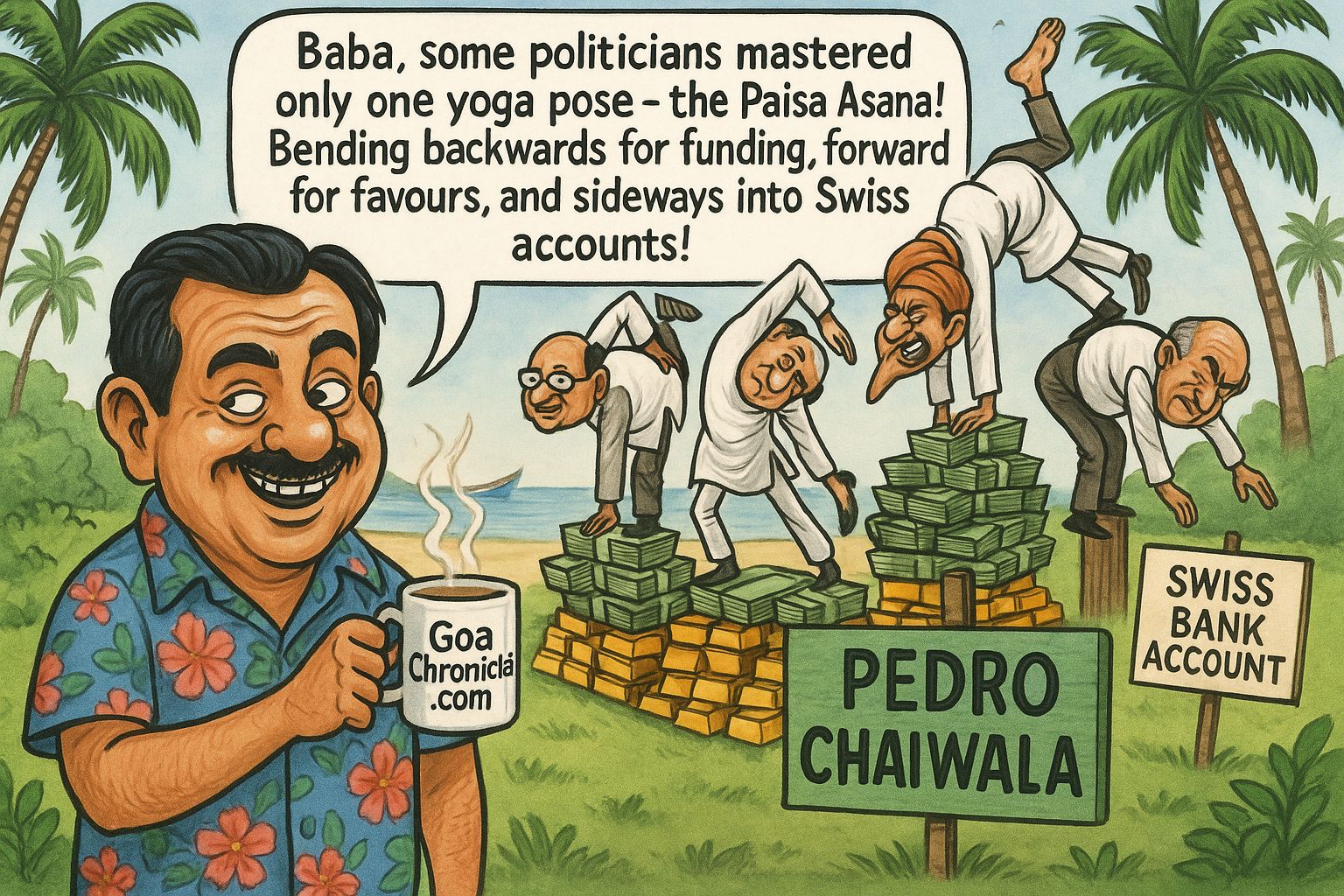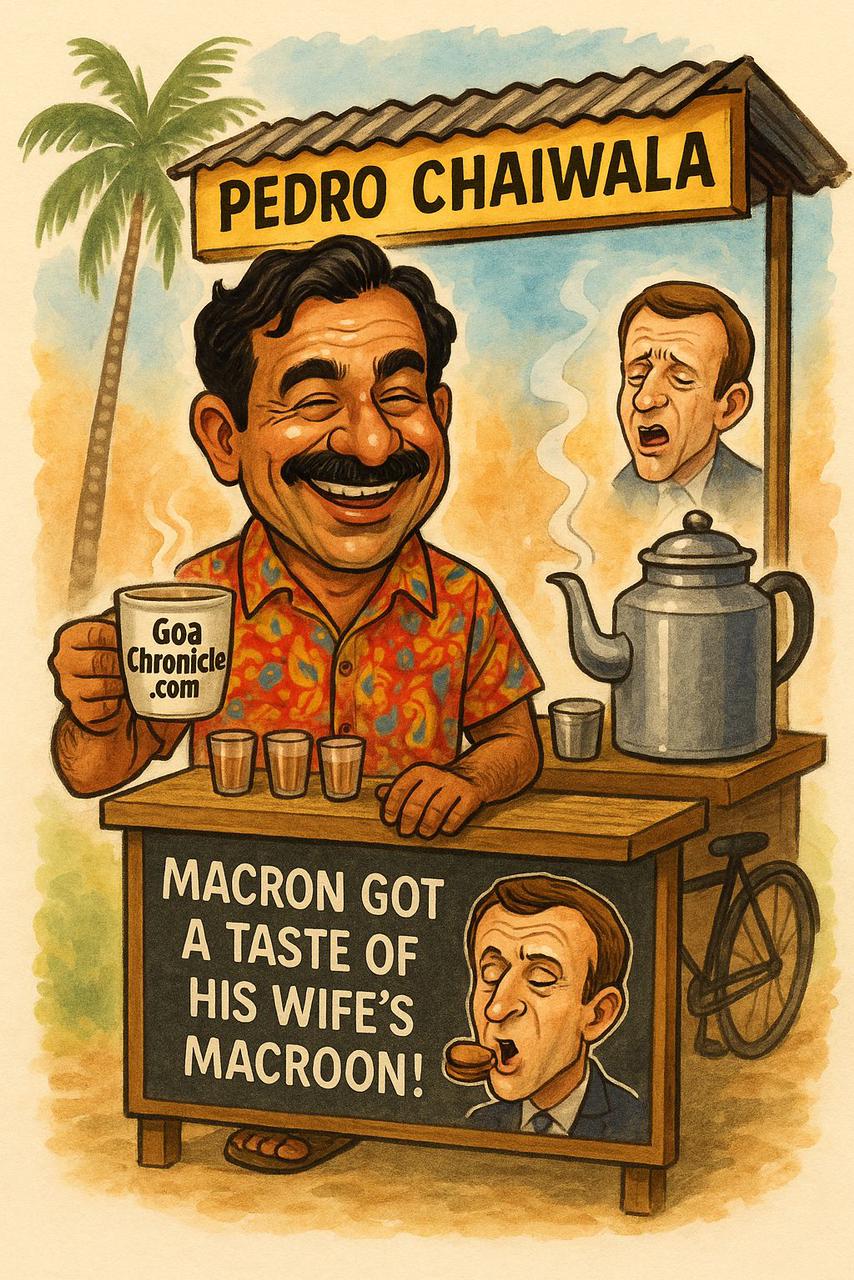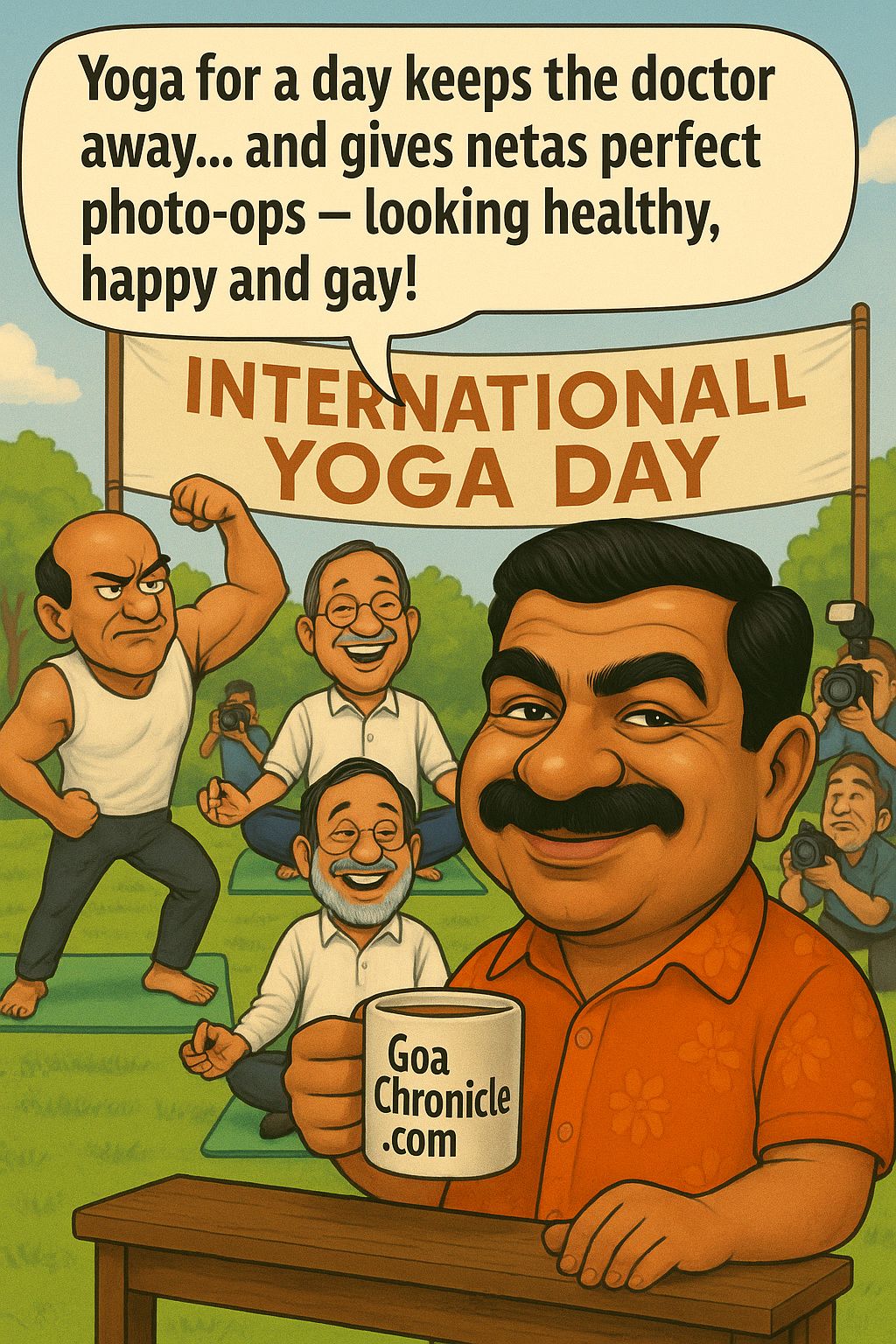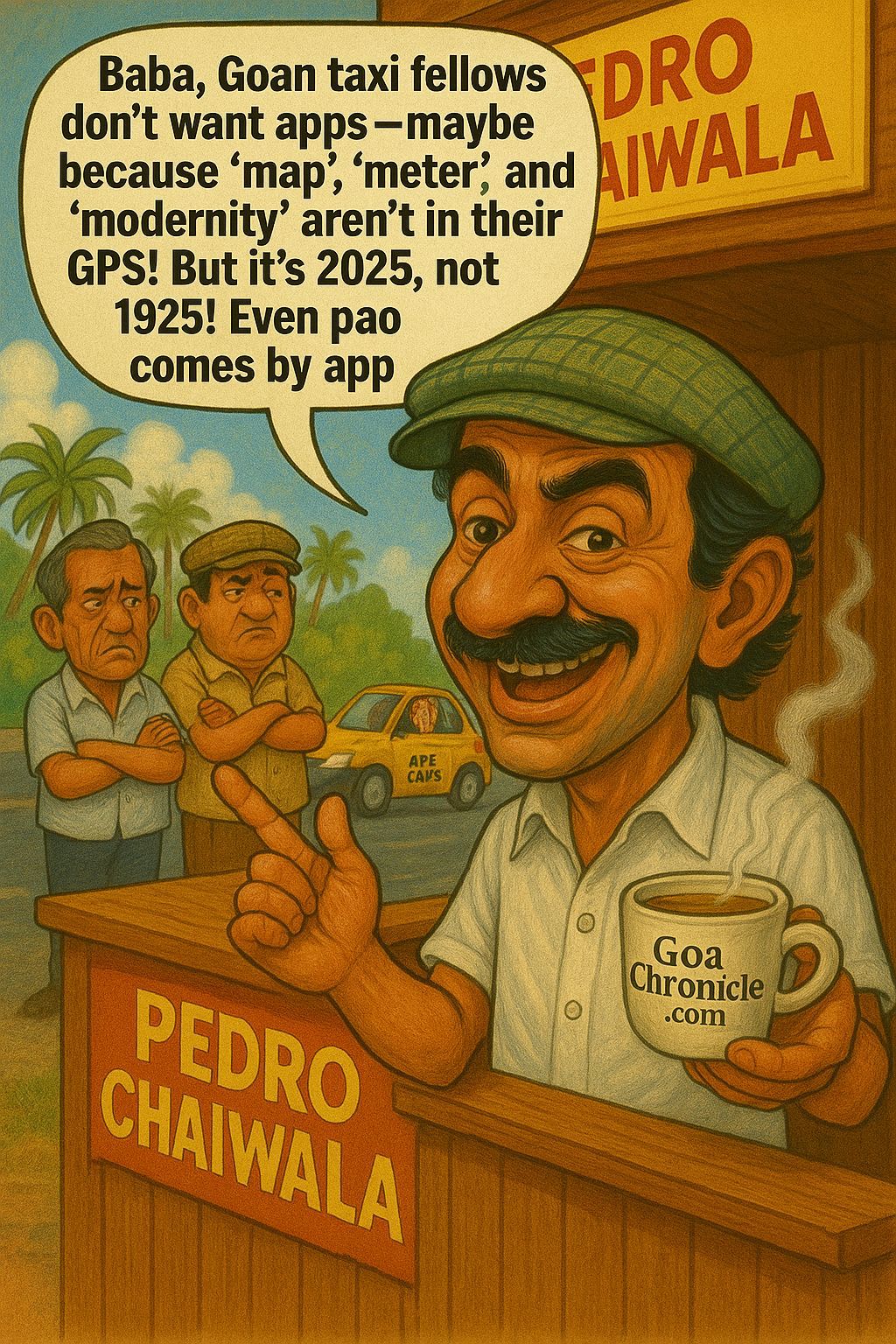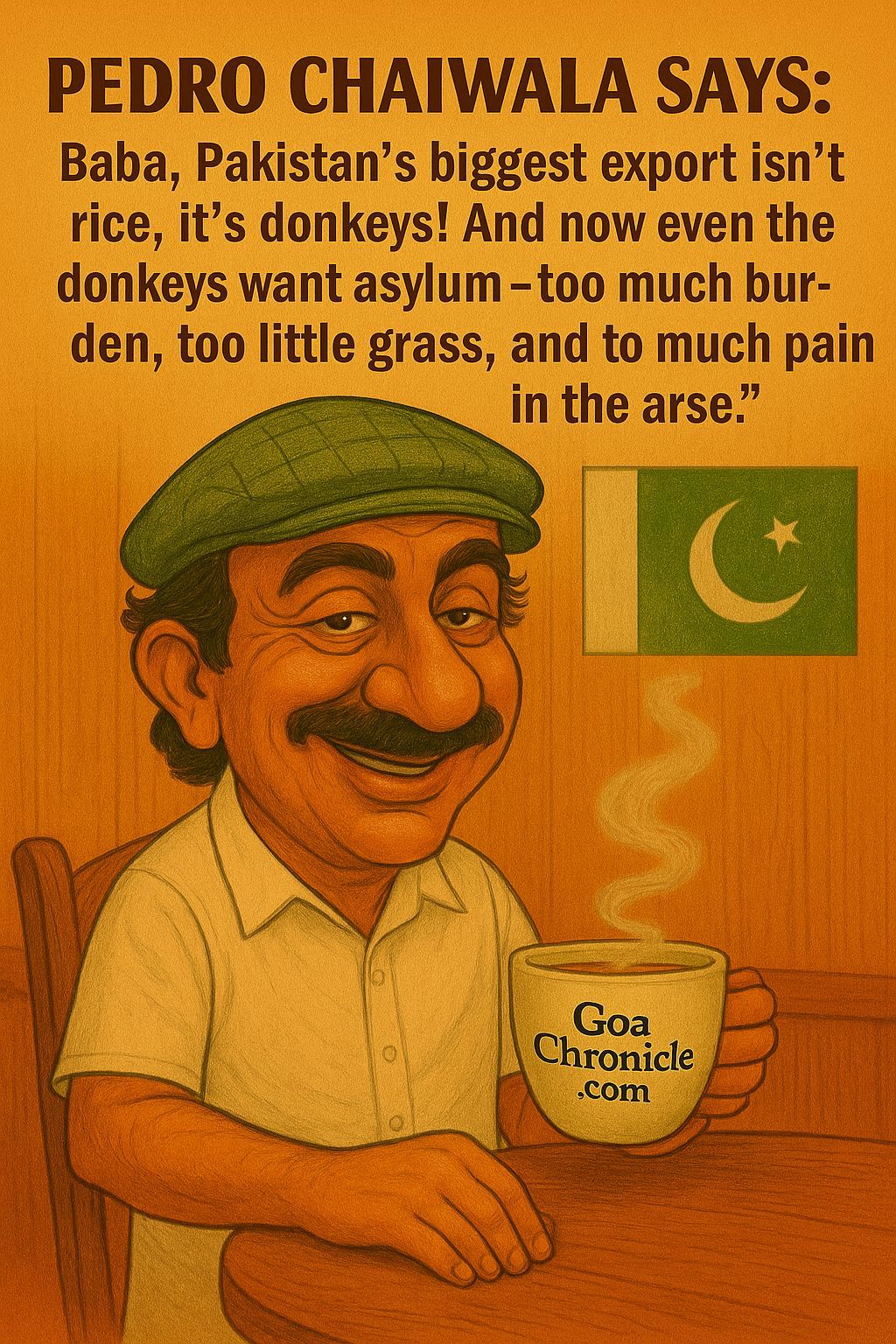When the leaders of the Shanghai Cooperation Organisation (SCO) gathered in Tianjin, China, from August 31 to September 1, 2025, the contrast in how the two South Asian prime ministers, India’s Narendra Modi and Pakistan’s Shehbaz Sharif, were received could not have been starker. In the subtle yet powerful language of diplomatic protocol, body language, photo positioning, and meeting schedules, the difference between a prime mover and a peripheral participant was laid bare.
Lets explore the nuances of protocol, optics, and symbolism that marked Modi’s assertive presence and Sharif’s marginalized role at the summit, offering a window into the shifting power equations in South Asia and the broader Eurasian landscape.
Modi’s Commanding Presence
Bilateral Meetings with Global Heavyweights
Prime Minister Modi’s visit was punctuated by high-level bilateral engagements with both Chinese President Xi Jinping and Russian President Vladimir Putin. These interactions went beyond mere formalities. The highlight came when Putin invited Modi to ride with him in his state Aurus limousine, a gesture of personal closeness and strategic partnership. In diplomatic practice, such symbolic gestures matter as much as the signed agreements; they underscore trust, familiarity, and alignment.
India’s ability to engage both Moscow and Beijing simultaneously, despite the strains of the India-China border standoff, demonstrated Modi’s balancing act and India’s rising importance as a player that no major power can afford to ignore.
Central Role in Summit Optics
Photographs from Tianjin told their own story. Modi was consistently placed in the front row, shoulder-to-shoulder with Xi and Putin, the de facto leaders of the SCO. Central positioning in official group photos is not random; it signals status within the organization. The prominence accorded to Modi reflected India’s weight as a rising economy, a security player in Eurasia, and a nation capable of independent decision-making.
By contrast, other leaders, including Pakistan’s Shehbaz Sharif, were visibly relegated to the margins, both literally and figuratively.
Driving the Agenda with a Strong Speech
At the plenary session, Modi took the floor with a keynote address that outlined India’s policy on the SCO’s future. He emphasized the three pillars of Security, Connectivity, and Opportunity. His words carried a sharp message: cross-border terrorism could no longer be tolerated, and double standards in fighting it had to end. This was clearly aimed at Pakistan, without naming it directly, and received wide coverage in the international press.
By calling out terrorism while sitting alongside leaders of China and Russia, Modi positioned India as a nation willing to set the tone in global forums, confident, assertive, and unapologetic.
Active Social Media Strategy
Modi also understood the power of parallel communication. Through his personal social media handles, he shared moments of interaction with Xi and Putin, describing the discussions as “delightful” and “insightful.” These curated images and words amplified his presence beyond the summit hall, reinforcing the narrative that India’s prime minister was at the centre of action.
Shehbaz Sharif’s Struggle for Relevance
Peripheral Role in Summit Optics
In contrast, Prime Minister Shehbaz Sharif’s presence was marked by marginalization. In the official summit photographs, he appeared pushed to the periphery, away from the central trio of Xi, Putin, and Modi. This seemingly small detail underscored Pakistan’s declining clout within the SCO and the larger Eurasian conversation.
For a country historically seen as China’s “iron brother,” such optics conveyed that Pakistan’s influence has shrunk considerably.
Limited Bilateral Engagement
Unlike Modi, who met both Xi and Putin in dedicated bilateral meetings, Sharif had no significant sit-downs with either leader. His only notable intervention was raising the issue of the Indus Waters Treaty, urging regional dialogue. While the topic has relevance for India-Pakistan relations, it carried little weight in the broader SCO agenda focused on security, trade, and multipolarity.
The absence of high-profile bilateral engagements reflected how Pakistan is increasingly being pushed out of the inner circle, unable to shape key discussions.
Awkward Diplomatic Moments
Sharif’s visit also became overshadowed by a series of awkward moments that drew international attention. A viral clip showed him hastily moving to shake hands with Putin while Xi looked away, a gesture many commentators described as “desperate.” Earlier in the summit, his difficulty adjusting translation headphones prompted a laugh from Putin, captured on camera and circulated widely online.
In an age where diplomacy is as much about optics as about outcomes, such moments reinforced the perception of Pakistan as struggling for recognition.
Reading the Protocol: Why the Difference Matters
The SCO Summit was not just about policies and speeches; it was about the unspoken hierarchies of diplomacy. From motorcade rides to photo placement, from bilateral meetings to social media amplification, Modi enjoyed the protocol reserved for leaders of consequence, while Sharif appeared reduced to a spectator.
This difference was not accidental. It was the product of three interlocking realities:
- India’s Rising Strategic Value
As the world’s fourth-largest economy and a growing security partner in both Asia and the Indo-Pacific, India’s presence is indispensable. Russia and China, despite their differences with India, recognize that ignoring New Delhi would weaken the SCO’s legitimacy.
- Pakistan’s Shrinking Leverage
Pakistan’s economic crisis, political instability, and over-reliance on China have diminished its bargaining power. Once a key bridge between Beijing and the Islamic world, Pakistan now appears dispensable, overshadowed even within organizations where it once had influence.
- Leadership Styles
Modi’s assertive style, honed over years of global diplomacy, contrasts sharply with Sharif’s tentative approach. The former projects confidence and agency, while the latter often appears on the defensive, seeking validation rather than shaping outcomes.
Symbolism Beyond Tianjin
The Tianjin SCO Summit served as a microcosm of South Asia’s shifting balance of power. India, under Modi, is no longer content with being a participant; it seeks to be a shaper of agendas, whether in the SCO, G20, or BRICS. Pakistan, meanwhile, finds itself grappling with diminished relevance, caught between internal crises and external dependencies.
The symbolism of Modi sharing Putin’s car while Sharif fumbled with headphones may appear anecdotal, but in diplomacy, such images shape narratives. They are remembered longer than communiqués or declarations.
Conclusion: Lessons in Diplomacy
Diplomatic protocol is not mere choreography; it is politics made visible. At Tianjin, the choreography revealed a simple truth: Modi was treated as a global statesman, while Shehbaz Sharif was treated as an outsider struggling for relevance.
For India, this reaffirmation strengthens its claim to a leadership role in Eurasian and global affairs. For Pakistan, the summit was a reminder of the urgent need to rebuild economic strength, diplomatic credibility, and a coherent foreign policy.
The SCO Summit thus did more than bring leaders together; it exposed the widening gap between India and Pakistan, not just in economic or military terms, but in the protocol of power itself









